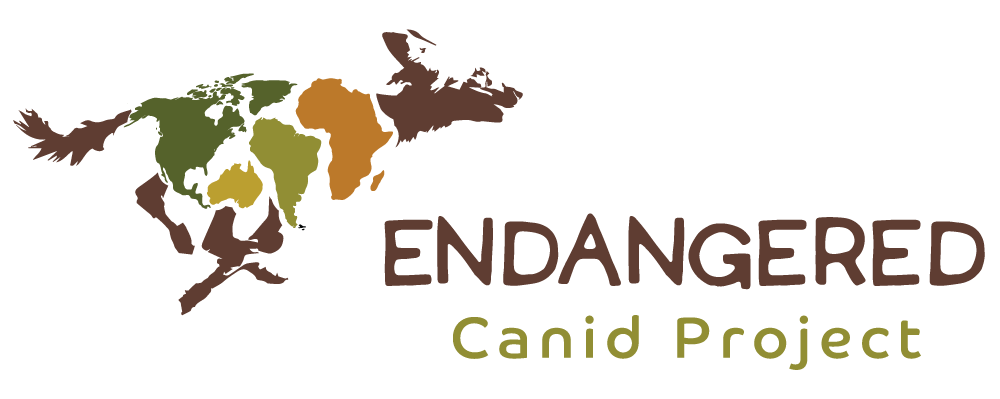African Painted Dogs: Unmasking Nature's Ultimate Pack Hunters
The Remarkable Pack Mentality of African Painted Dogs
African painted dogs, also known as African wild dogs or Cape hunting dogs, are fascinating creatures that exemplify the power of cooperation in the animal kingdom. These unique canids, scientifically named *Lycaon pictus*, are renowned for their intricate social structures and highly coordinated pack behavior. Let's dive into the extraordinary pack mentality that defines these endangered animals.
Tight-Knit Family Units
African painted dog packs are essentially extended family units, typically consisting of a dominant breeding pair and their offspring from previous years. Pack sizes can range from just a few individuals to as many as 30 or more, though packs of 6-20 members are most common. This close-knit structure fosters strong bonds and a sense of community that is crucial for their survival.
Cooperative Hunting
One of the most impressive aspects of painted dog behavior is their coordinated hunting strategy. These animals are among the most successful hunters in Africa, with a hunt success rate of up to 80%. Their secret? Teamwork.
When on the hunt, painted dogs work together seamlessly:
1. They communicate through a variety of vocalizations, including chirps, squeaks, and high-pitched squeals.
2. Pack members take on different roles during the chase, with some pursuing the prey while others flank or prepare for interception.
3. They can sustain chases over long distances, wearing down their prey through stamina and coordination.
This level of cooperation allows them to take down prey much larger than themselves, including antelopes and even occasional young elephants or rhinos.
Communal Care of Young
The pack mentality extends beyond hunting to the care of their young. Painted dogs practice alloparental care, where all members of the pack contribute to raising puppies. This includes:
- Regurgitating food for pups and weaker pack members
- Guarding the den site
- Babysitting while other pack members hunt
This communal approach ensures a higher survival rate for the young and strengthens the bonds within the pack.
Democratic Decision-Making
Intriguingly, African painted dogs exhibit a form of democratic behavior when it comes to group decisions. Before embarking on hunts or moving to new areas, pack members engage in a behavior known as "rallying." During these sessions, they vocalize and interact in what appears to be a voting process. The pack only moves when a consensus is reached, as indicated by sneezing. Research has shown that the more sneezes heard during a rally, the more likely it is that the pack will move.
Challenges and Conservation
Despite their remarkable social structure and hunting prowess, African painted dogs face significant threats. Habitat loss, human-wildlife conflict, and diseases like rabies and distemper have led to a severe decline in their population. Conservation efforts are crucial to protect these unique animals and the ecosystems they inhabit.
The pack mentality of African painted dogs is not just a survival strategy; it's a testament to the power of cooperation in nature. By working together, these animals have carved out a niche in the harsh African wilderness, demonstrating that in unity, there is strength. As we continue to study and protect these remarkable creatures, we can learn valuable lessons about teamwork, family, and resilience from one of nature's most social species.

